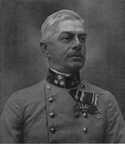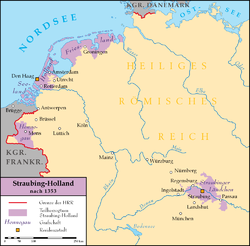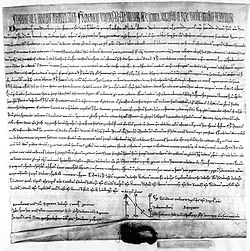Messerschmitt Me209V-1 'D-INJR' (14413184174)
As far as significant airframes go, this machine is near the top of the list. It is the record breaking Messerschmitt Me209V-1 (c/n 1185), which held the world air speed record from 1939 till 1941, and for a piston engined aircraft from 1939 till 1969. During the war it became part of Hermann Göring's personal collection. The fuselage is now displayed in a building full of unrestored relics at the Muzeum Lotnictwa Polskiego. Krakow, Poland. 23-8-2013.
It's history is given in the following info taken from the museum website:-
"By the end of the 1930s a hard-fought competition had developed between Italian, British and German aircraft designers to build a speed record breaking aircraft. As a result of inter-German competition between the Heinkel and the Messerschmitt works, in 1937 in Augsburg the initial works on the “Project 1059” speed record aircraft started. The Third Reich Aviation Ministry (the RLM) designated the aircraft the Me 209 V1, demanding also a fighter version of this machine.
The first prototype of the Me 209 V1 was powered with a 12-cylinder Daimler-Benz DB-601 engine. To achieve the highest maximum speed, the aircraft was almost devoid of equipment.
One of the most interested technical solutions was the cooling system. Water after circling and cooling the engine, turned to a special ducts in the wings, where after partly vaporising through a small holes and condensed on the inner surface of the wing, was directed back to cool the engine. This system featured partial loss of the coolant, so a substantial reserve (200 l) of water was required, thus limiting the time of flight to only 30 minutes.
The Me 209V1 prototype was flown on 1 August 1938 by dr engineer Herman Wurster on the Messerschmitt’s factory airfield in Augsburg. Unfortunately, the violent rise of temperature forced the pilot to quick landing. Further tests of the aircraft revealed several other defects. The most serious was unsteady work of the engine, overheating, interfering of the combustion gasses into cockpit, unsatisfactory visibility on the ground from the pilot’s seat, tendency to a dive during take-off and landing and poor acting of the rudder. All these defects were eliminated to no avail on the second Me 209V2 prototype, which crashed during the test flight on 4 April 1939.
Meanwhile, on 30 March 1939 Hans Dieterle on the competitive Heinkel He 100 V8, broke the speed record, achieving 746 km/h. On 26 April 1939, Fritz Wendel, flying the Me 209 V1 powered by the DB 601ARJ engine, short time rated at 2300 HP, achieved 755 km/h. The part of the fuselage of that aircraft is displayed now at the Polish Aviation Museum. For the better propaganda effect, the Reich Propaganda Ministry, in all publications described the aircraft as the Me 109R, to point out that this is the serial fighter modification, and not a new construction.
The serial production of the Me 209 was never undertaken and the Fritz Wendel’s record for the piston driven aircraft, stood up to 1969, to be beaten by Daryl G. Greenamyer flying the Grumman Bearcat F8F-2 "Conquest I"."Relevante Bilder










































Relevante Artikel
Fritz Wendel (Pilot)Friedrich „Fritz“ Wendel war ein deutscher Flugkapitän, Testpilot und Weltrekordinhaber. .. weiterlesen
26. AprilDer 26. April ist der 116. Tag des gregorianischen Kalenders, somit bleiben 249 Tage bis zum Jahresende. .. weiterlesen
